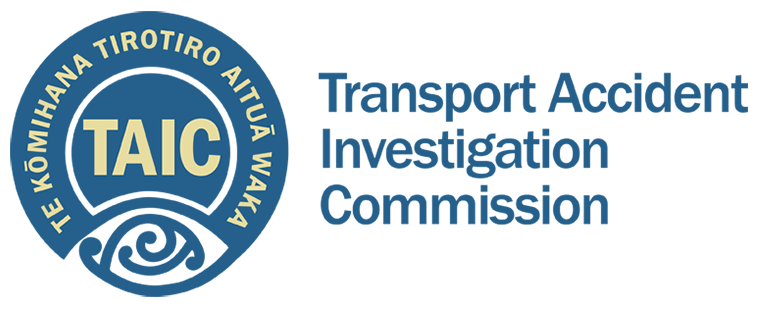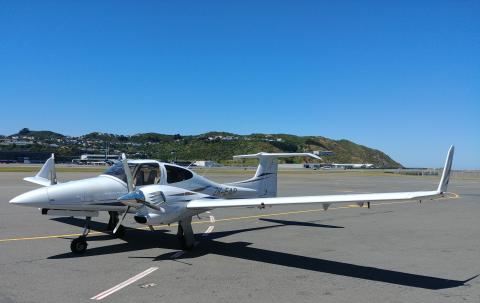The crash of a Diamond DA42 light plane in the Kaimanawa Ranges near Taupō had the characteristics of a ‘controlled flight into terrain’ accident, says the Transport Accident Investigation Commission in its Final Report on the March 2019 accident, issued today.
Both people on board – a pilot and a safety pilot, both senior flying instructors – suffered fatal injuries in the accident.
The Commission’s Chief Investigator of Accidents, Harald Hendel, says a controlled flight into terrain occurs when an airworthy aircraft under complete control of the pilot is inadvertently flown into terrain, with the pilots generally unaware of the approaching terrain until too late.
The four-seat aeroplane was flying at night from Palmerston North to Taupō. It turned away from its planned route, descended towards Taupō, and struck the Kaimanawa hills at about 4,500 feet above sea level, some 38 kilometres south of its destination.
“It’s very likely the pilot had no idea how close they were to the Kaimanawas because the aeroplane’s terrain proximity awareness system screen was either dimmed or not selected,” said Mr Hendel.
“This part of the country is uncontrolled airspace, so there’s no air traffic control. So pilots must fly according to Civil Aviation Rules and use flight routes specified in navigation documents approved by the Civil Aviation Authority. This is particularly important when flying under Instrument Flight Rules.
“This aeroplane changed course to a direct and unevaluated track in uncontrolled airspace below 15,000 feet.
“All pilots should know and follow Civil Aviation Rules and apply validation steps such as cross-checking altitude and distance when making en-route changes to flight plans.
“They should also make full use of their onboard safety equipment, such as, in this case, ground-proximity conflict and warning systems.”
The operator of this aircraft was a flight training school where various aircraft could be booked out via a flight authorisation system. A weakness in this system enabled the pilot to self-authorise their own flight without triggering the supervision that should have been provided, given that both pilot and safety pilot lacked experience in navigating at night under instrument flight rules.
“If the pilot had followed the intended authorisation procedure, it’s likely that the authorising officer would have checked and challenged the planned route and, as likely as not, the flight would not have been approved as planned,” said Mr Hendel.
The Commission was satisfied in this case that no recommendation was necessary to avoid similar accidents in future. The operator of this aircraft has reviewed its processes and procedures for management, approval and supervision of training flights, and provided evidence that it has eliminated the system weaknesses identified by the Commission.

